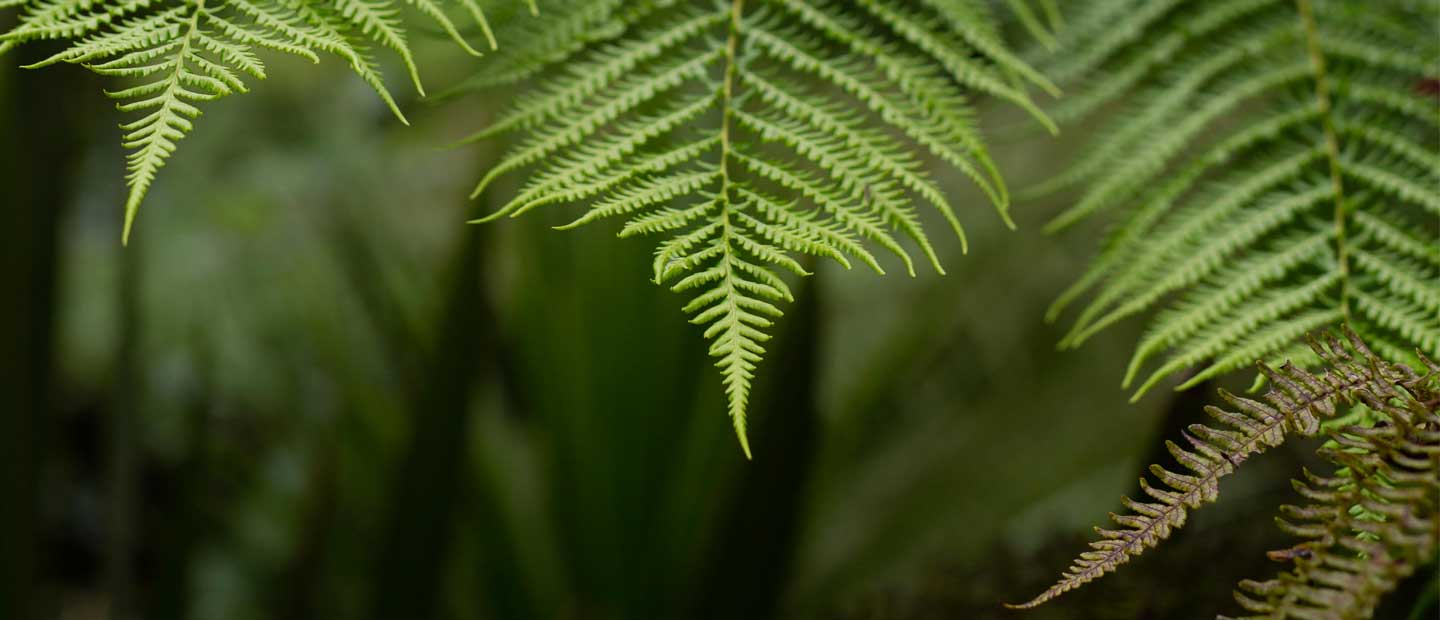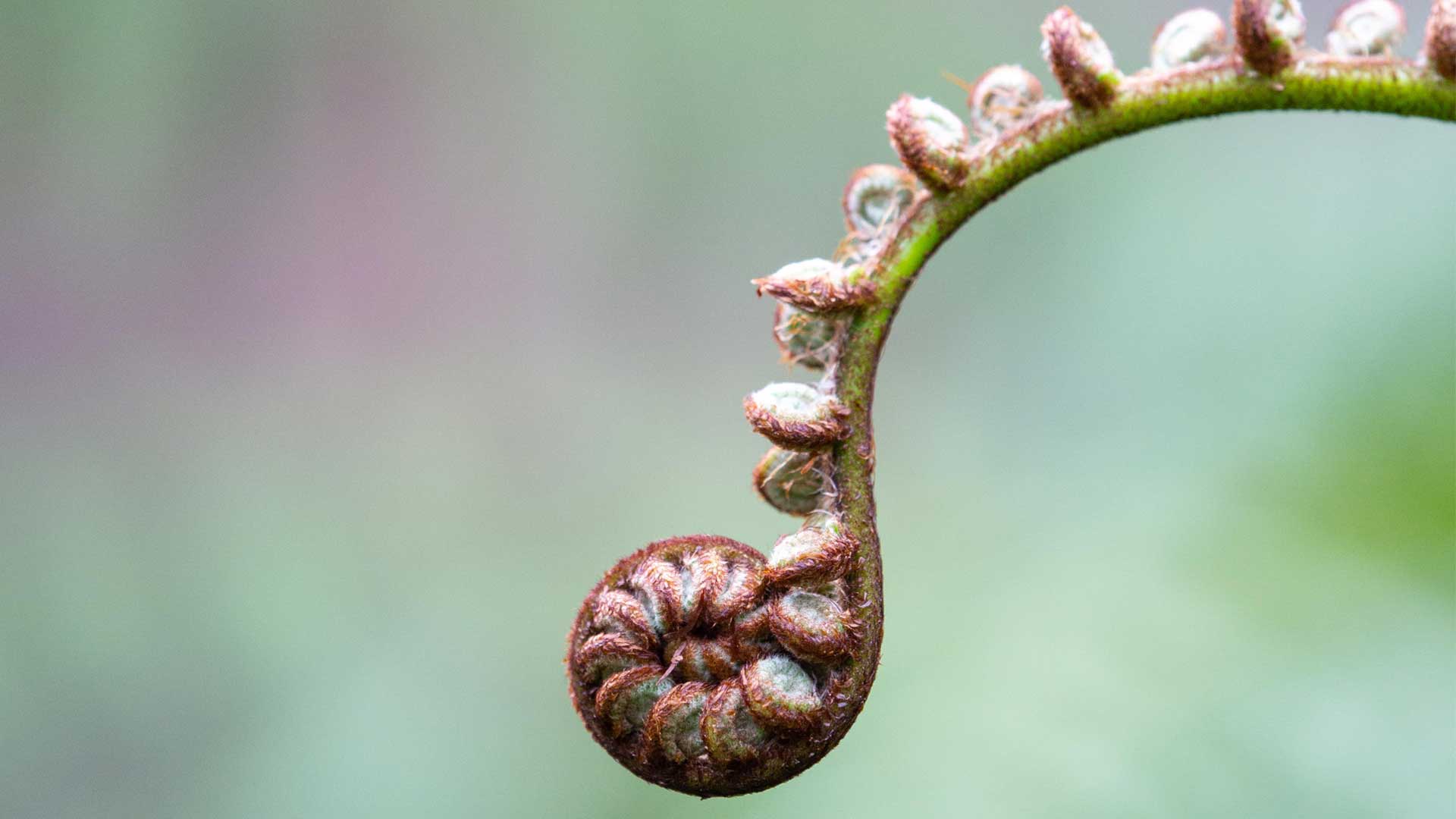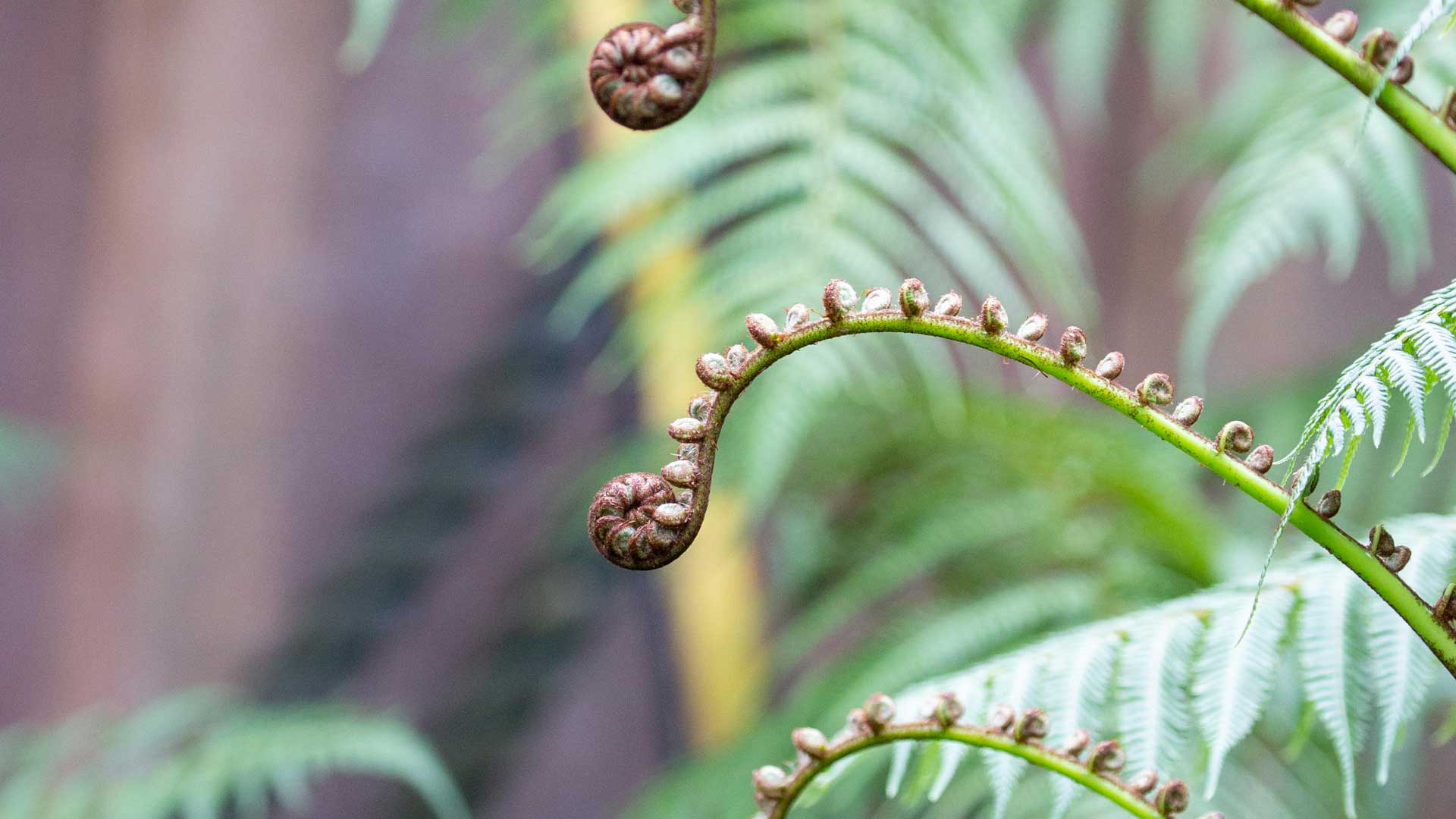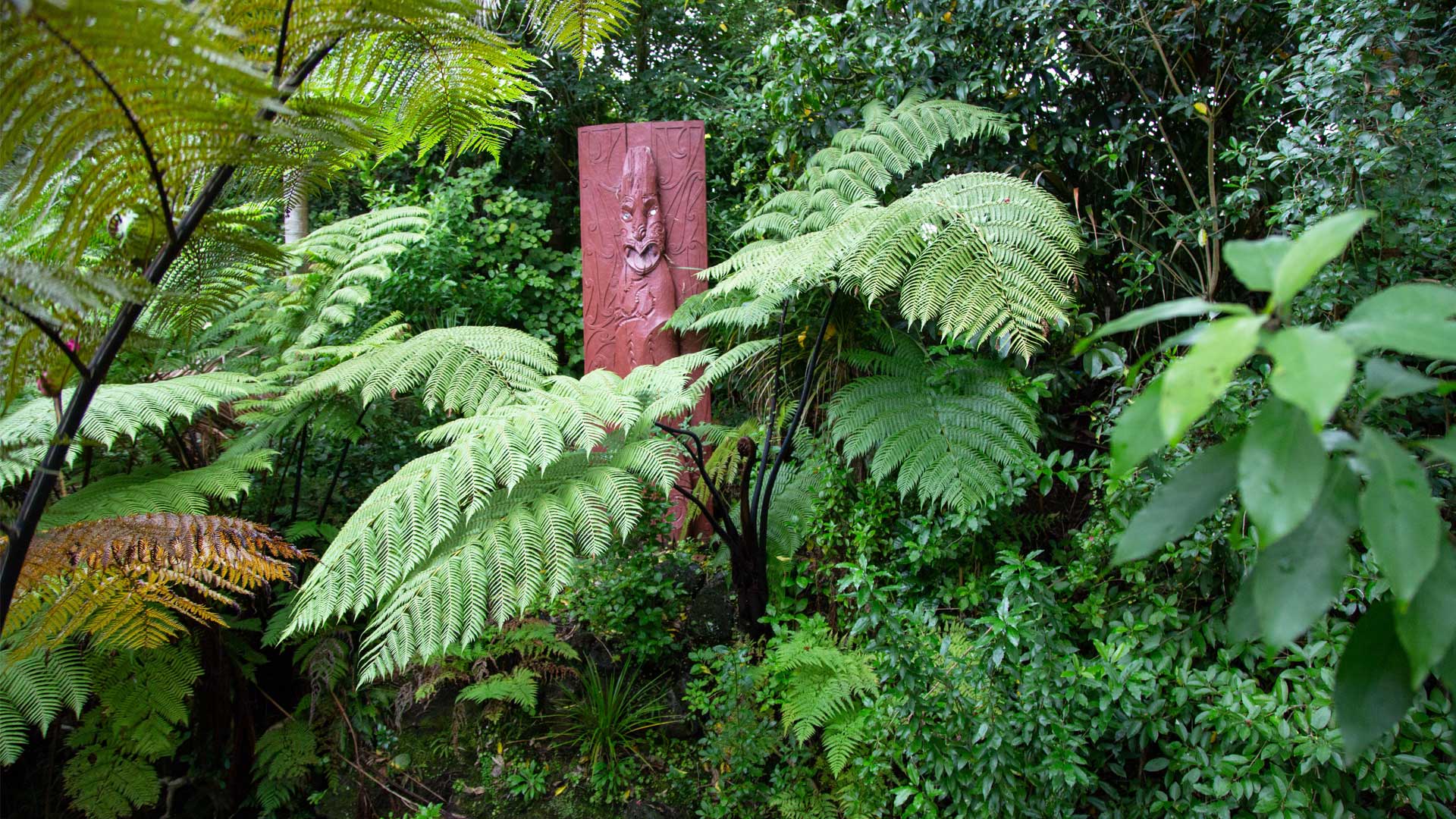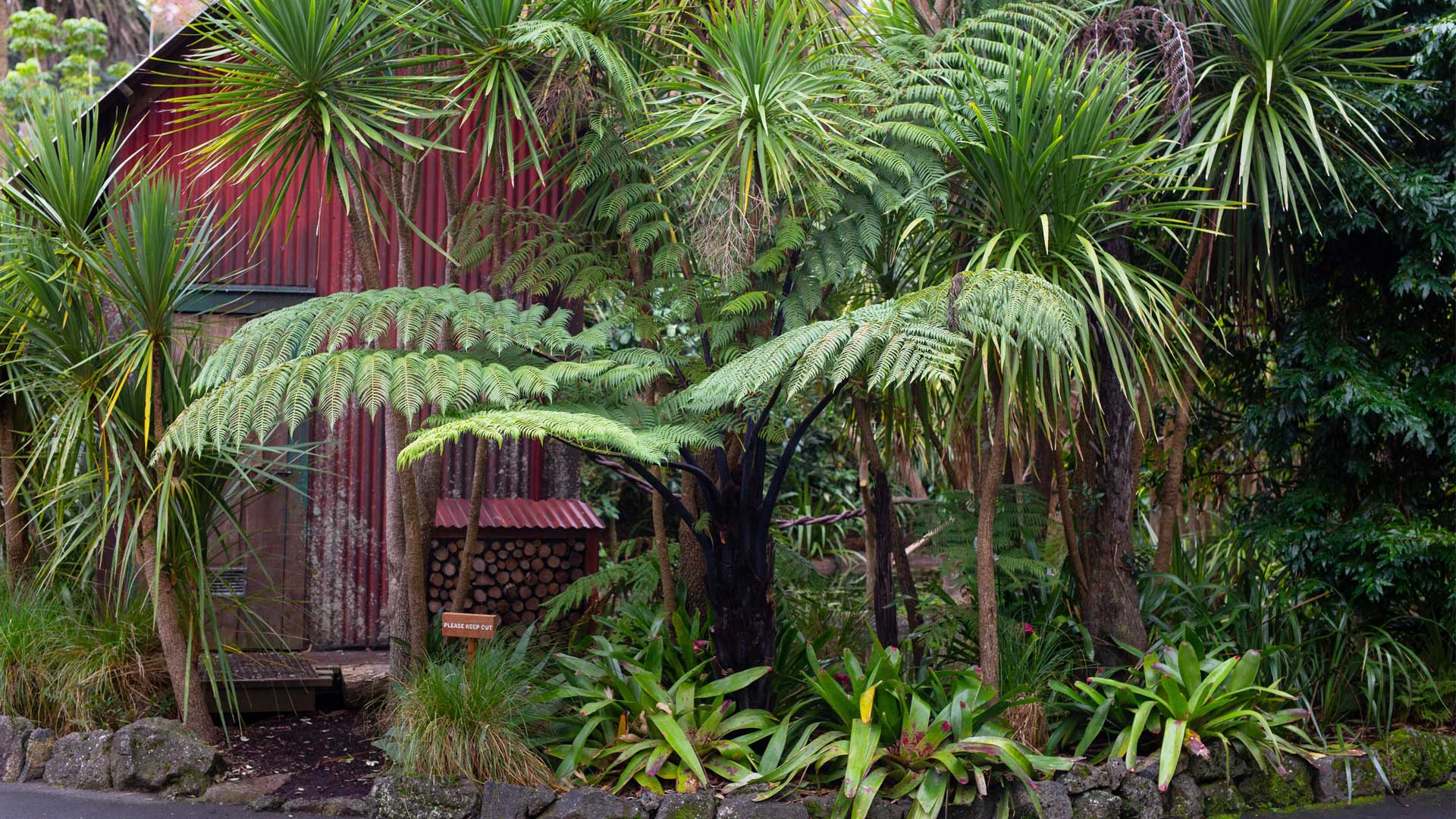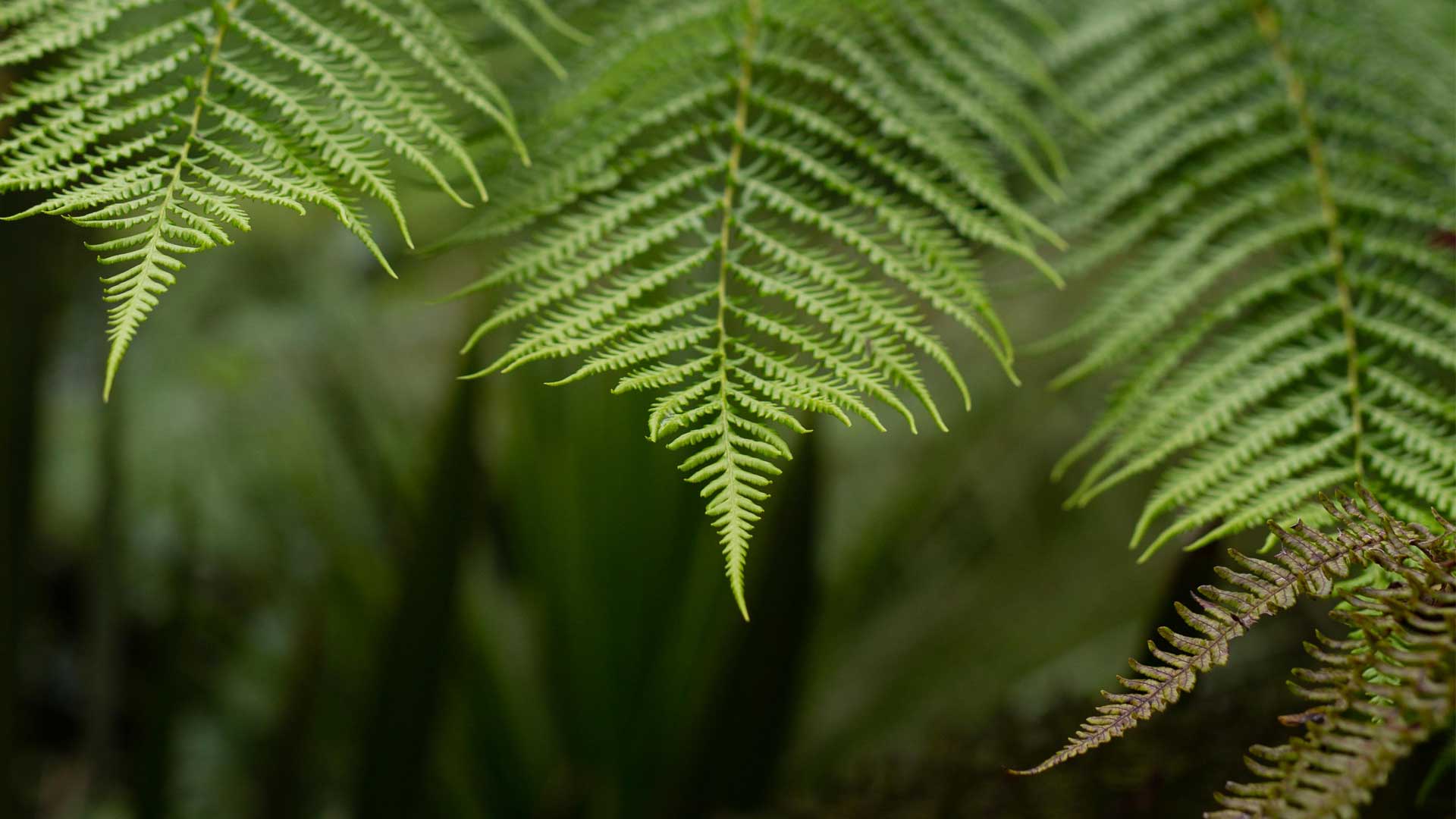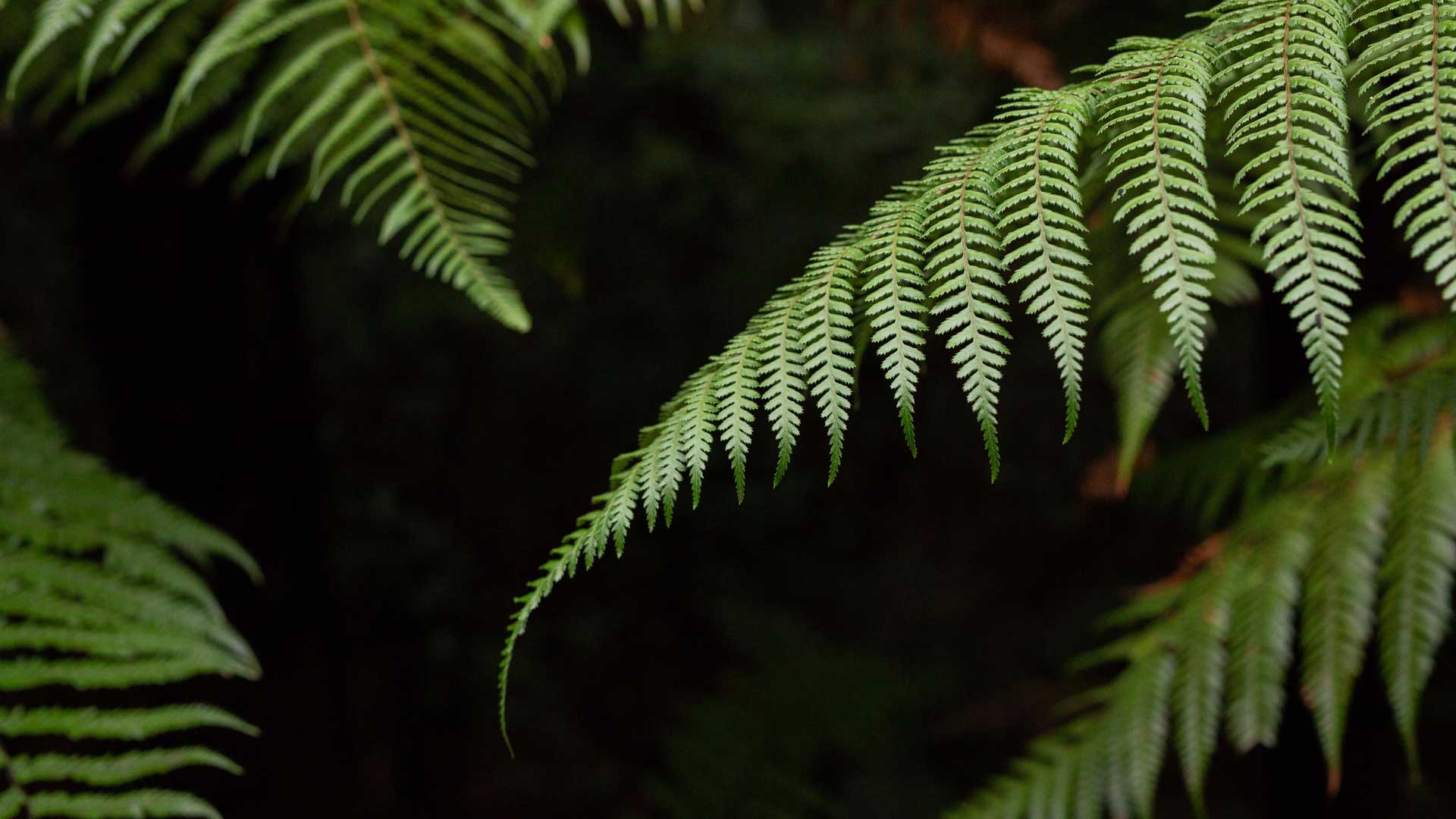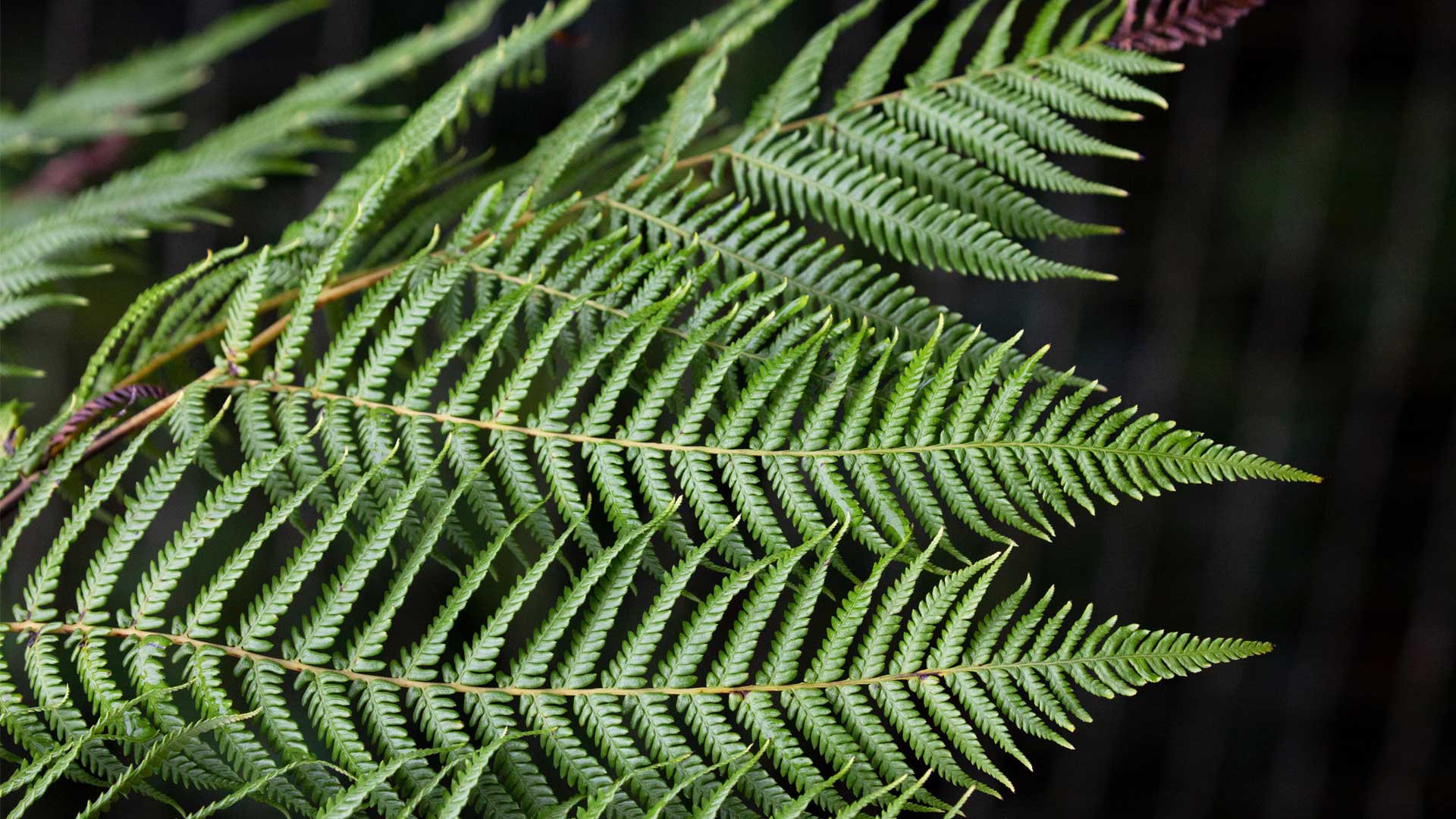Look at this beautiful New Zealand specimen! These lush black tree fern Cyathea medullaris can be found throughout our zoo grounds, providing ample canopy cover for our native birds.
Most commonly found in the humid lowland forests of the North Island, these stunning rākau (tree) fern are also distributed on several of New Zealand’s outlying islands such as Stewart Island (Rakiura) and the Chatham Islands. Although these ferns can be found in the wetter areas of the South Island, they are noticeably absent from the Canterbury and Otago regions.
Interestingly, as much as 40% of New Zealand’s ferns are endemic, meaning they are naturally found nowhere else on earth, though these twenty-meter high ferns are common across Polynesia, in places like Fiji, the Marquesas Islands, Tahiti and Pitcairn Island.


